Largest Selection of New and Used Office Furniture! Call 1-855-885-3375 or visit a showroom today!
Blog
How to Choose the Best Home Desks for Productivity Boost According to Ergonomic Studies
In today's fast-paced work environment, the choice of home desks plays a critical role in enhancing productivity and overall well-being. According to a recent study published by the International Journal of Environmental Research and Public Health, an ergonomically designed workspace can significantly reduce musculoskeletal disorders by up to 60%, thereby allowing individuals to focus better and work more efficiently. Moreover, a report from the American Psychological Association highlights that a comfortable and well-organized desk can lead to a 15% increase in productivity among remote workers. As more professionals transition to remote work setups, understanding how to select the best home desks becomes essential for fostering a conducive work atmosphere. This article will guide you through the key considerations and features that will help maximize productivity while ensuring comfort and health.
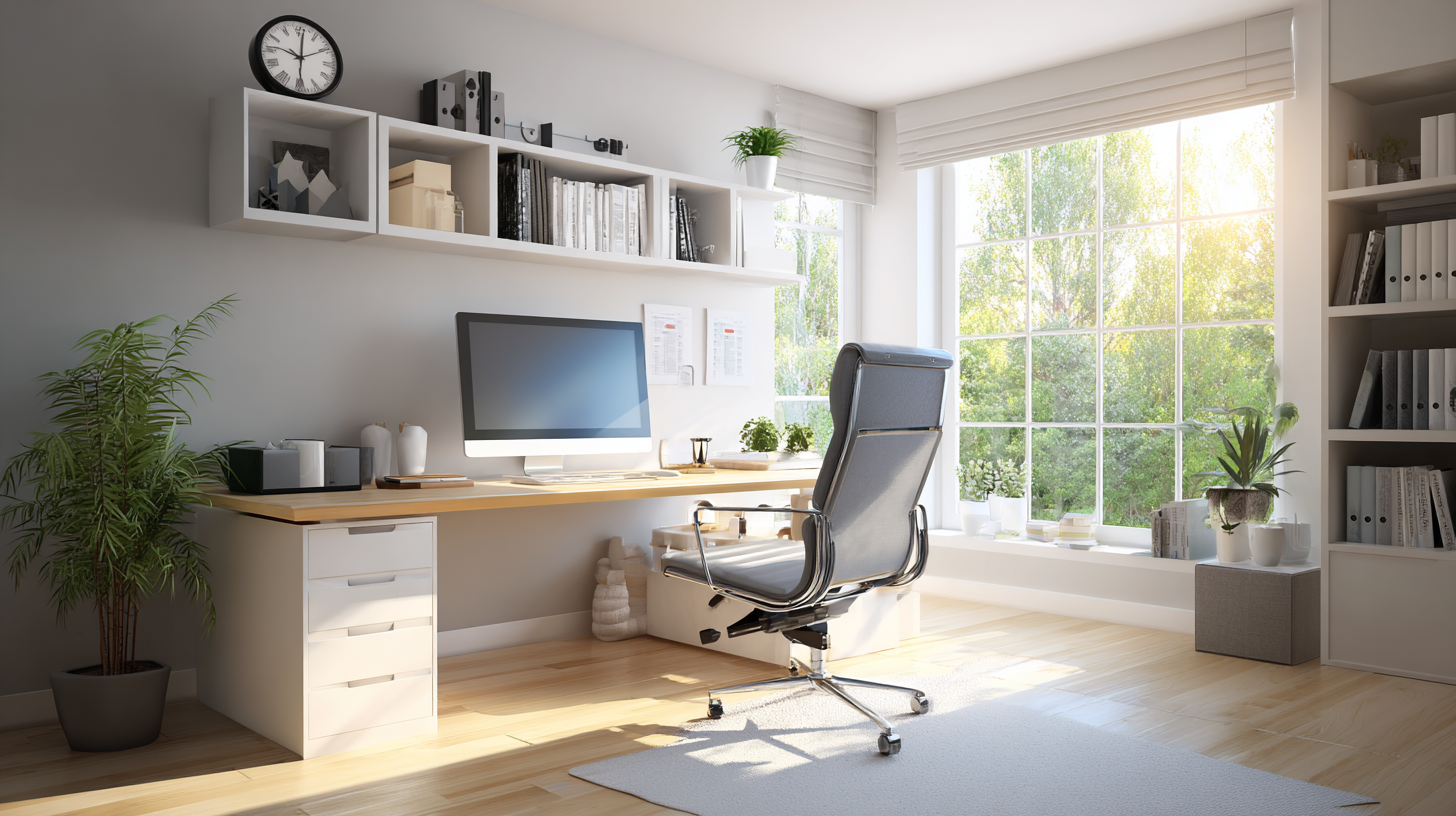
Identify the Key Features of an Ergonomic Desk for Enhanced Comfort
When selecting a home desk to enhance productivity, focusing on ergonomic design is crucial. Ergonomic desks are engineered to promote comfort and reduce strain during long periods of work. Key features to look for include adjustable height, which allows users to alternate between sitting and standing. According to a report by the Occupational Safety and Health Administration (OSHA), standing desks can increase productivity by 10-20%, as they help to improve energy levels and decrease fatigue.
Another important characteristic is ample workspace. A desk should provide enough surface area for all necessary equipment, including monitors, keyboards, and paperwork, without causing overcrowding. The University of California's research indicates that a clutter-free environment can lead to a 200% improvement in focus and efficiency. Additionally, a desk with built-in cable management systems helps maintain organization, further reducing distractions.
Lastly, support and materials matter. Desks with rounded edges and a finish that allows for easy cleaning are preferable. A study published in the International Journal of Industrial Ergonomics found that desks made from high-quality materials not only last longer but also positively affect the user’s physical and psychological well-being, thereby boosting overall productivity. Investing in an ergonomic desk with these features is essential for creating a comfortable and efficient workspace.
How to Choose the Best Home Desks for Productivity Boost According to Ergonomic Studies - Identify the Key Features of an Ergonomic Desk for Enhanced Comfort
| Feature | Description | Benefits |
|---|---|---|
| Adjustable Height | Allows users to switch between sitting and standing positions. | Reduces strain on the back, improves posture, and enhances circulation. |
| Spacious Surface Area | Provides ample space for a computer, paperwork, and other work materials. | Promotes organization and reduces clutter, leading to increased productivity. |
| Cable Management | Includes features to organize and hide cords and cables. | Minimizes distractions and provides a cleaner workspace. |
| Quality Materials | Crafted from durable and aesthetically pleasing materials. | Ensures longevity and enhances the overall look of the workspace. |
| Keyboard Tray | A slide-out tray that positions the keyboard below the desk surface. | Promotes a more natural arm position, reducing strain on the wrists. |
| Ergonomic Design | Desk shape and features designed to fit the human body comfortably. | Enhances comfort, reduces fatigue, and supports productivity. |
Evaluate Different Desk Heights for Optimal Posture Alignment
When selecting a home desk, one of the most important factors to consider is desk height, which directly impacts posture alignment and overall productivity. Ergonomic studies suggest that the ideal desk height for most individuals ranges between 28 to 30 inches. This range supports a neutral arm position, reducing strain on the shoulders and neck. A report from the National Institute for Occupational Safety and Health (NIOSH) indicates that maintaining a proper posture can lead to a 15% increase in productivity, highlighting the significance of choosing the right desk height.
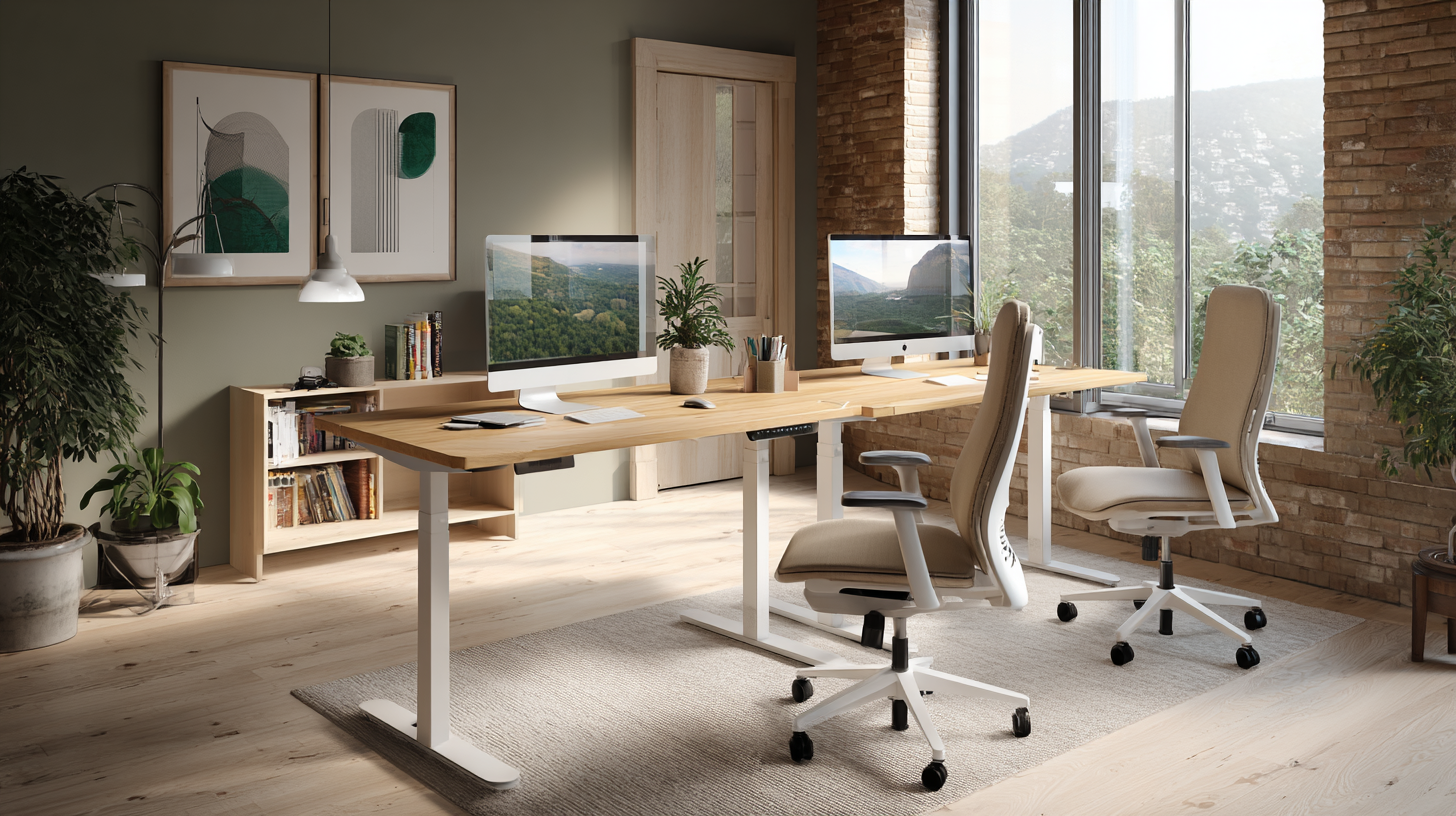 In addition to standard desk heights, adjustable desks offer flexibility for users who alternate between sitting and standing. Research funded by the American Journal of Preventive Medicine reveals that standing desks can increase energy levels and reduce fatigue, with participants reporting a 46% increase in overall well-being after just one month of use. Consequently, evaluating desk heights is not merely about comfort; it is a crucial decision that can influence your daily efficiency and health in the long run. By considering these ergonomic insights, you can create a workspace that promotes better posture and enhances your productivity.
In addition to standard desk heights, adjustable desks offer flexibility for users who alternate between sitting and standing. Research funded by the American Journal of Preventive Medicine reveals that standing desks can increase energy levels and reduce fatigue, with participants reporting a 46% increase in overall well-being after just one month of use. Consequently, evaluating desk heights is not merely about comfort; it is a crucial decision that can influence your daily efficiency and health in the long run. By considering these ergonomic insights, you can create a workspace that promotes better posture and enhances your productivity.
Explore Materials and Designs That Promote Productivity and Focus
When selecting a home desk to enhance productivity, the choice of materials and designs plays a crucial role. Desks crafted from solid wood or bamboo not only offer durability but also exude a natural aesthetic that can create a calming work environment. The warmth of these materials can help reduce stress, promoting a more focused atmosphere. Additionally, surfaces with a matte finish are less prone to glare, making it easier to concentrate on tasks for extended periods without straining your eyes.
Ergonomic designs further elevate productivity by accommodating the body's natural posture. Desks that feature adjustable heights allow users to switch between sitting and standing, which can improve circulation and energy levels. Incorporating designs that include built-in storage solutions can also minimize clutter, leading to a more organized workspace. Furthermore, desks with rounded edges can prevent discomfort during long hours of work, ensuring that productivity is maximized without physical strain. By considering these factors, individuals can create a workspace that not only looks appealing but also supports their work efficiency.
Consider Desk Accessories That Complement Ergonomic Needs
When it comes to enhancing productivity in a home office, the significance of desk accessories that align with ergonomic needs cannot be overstated. According to a study published by the Occupational Safety and Health Administration (OSHA), proper ergonomic setups can reduce workplace injuries by up to 40%. This reinforces the idea that selecting the right accessories is just as crucial as choosing the perfect desk.
Key ergonomic accessories include adjustable monitor stands, keyboard trays, and anti-fatigue mats. A report from the National Institute for Occupational Safety and Health (NIOSH) highlights that using an adjustable monitor stand can significantly decrease neck strain, leading to a noticeable increase in comfort and productivity. Furthermore, investing in an ergonomic keyboard not only promotes a natural wrist position but can also enhance typing efficiency by as much as 20%. Moreover, incorporating anti-fatigue mats can help mitigate the discomfort associated with prolonged standing, thereby maintaining focus and energy throughout the workday.
Prioritizing these accessories will yield a substantial improvement in overall productivity.
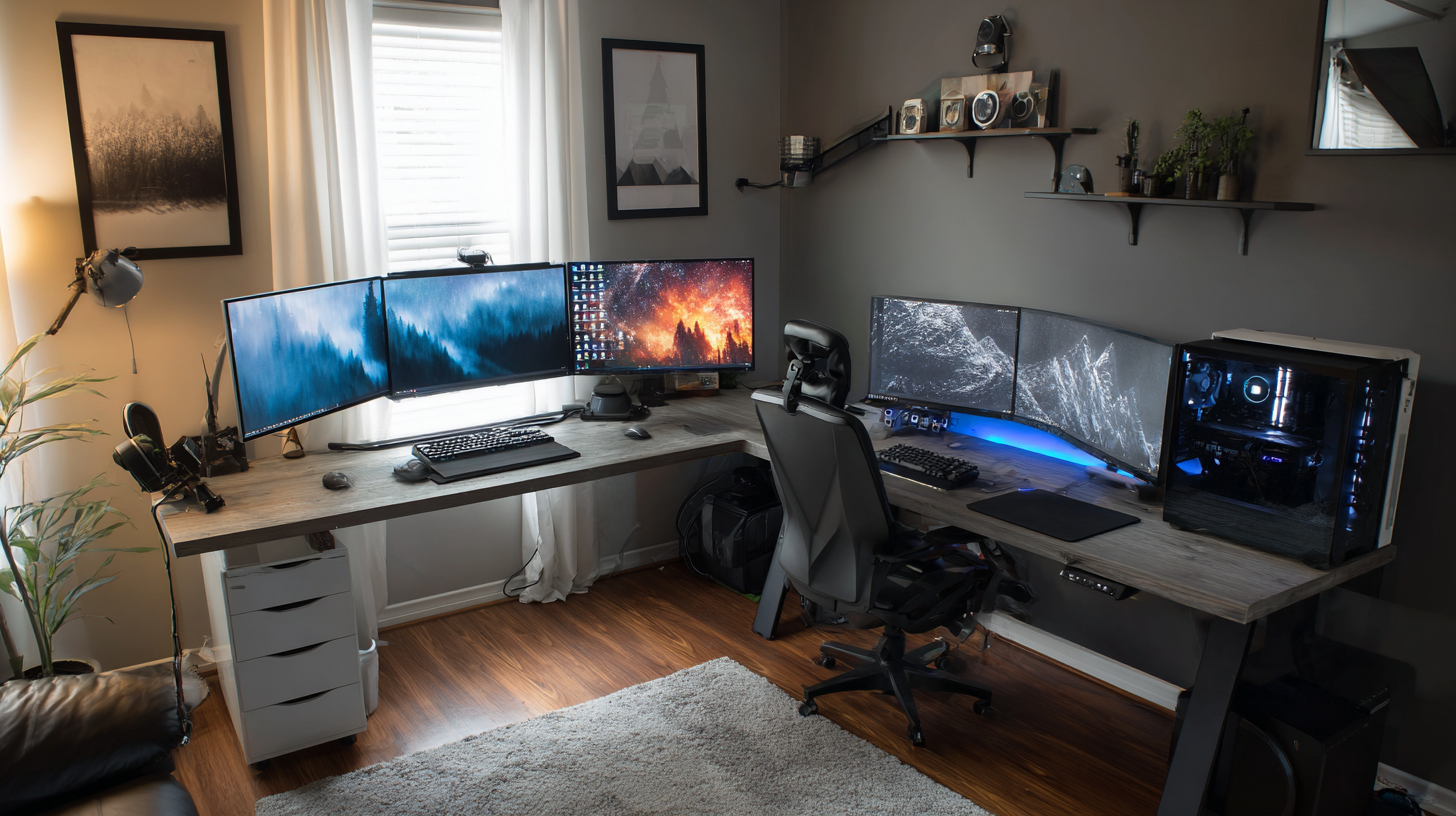
Assess the Impact of Desk Placement on Work Efficiency and Well-being
The placement of your home desk can significantly influence your work efficiency and overall well-being. According to ergonomic studies, the right desk location not only enhances productivity but also minimizes distractions and promotes better posture. For instance, positioning your desk near a window can provide natural light, which has been shown to boost mood and concentration. Conversely, setting your desk away from high-traffic areas can help you maintain focus and reduce interruptions.
When arranging your workspace, consider the following tips:
Firstly, orient your desk to face the entrance of the room. This "command position" makes you feel more in control and aware of your surroundings. Secondly, keep essential items within arm’s reach to reduce strain and enhance workflow. Lastly, ensure that your chair and desk height are appropriately adjusted to promote ergonomic alignment, reducing fatigue and discomfort over long hours.
Taking the time to thoughtfully assess your desk placement can contribute immensely to a more productive and enjoyable work-from-home experience.
Impact of Desk Placement on Work Efficiency and Well-being
Related Posts
-
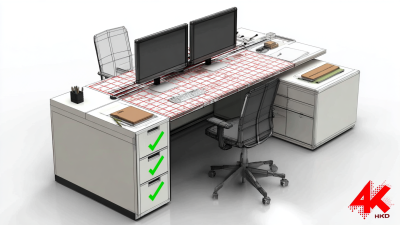
The Ultimate Checklist for Choosing the Best Range Desks: Key Features and Stats You Can't Ignore
-

Navigating the Future of Work Best Business Desks Redefining Productivity Through 2025 Technological Advancements
-

Trends in the Global Business Desk Market for 2025 Insights and Projections
-
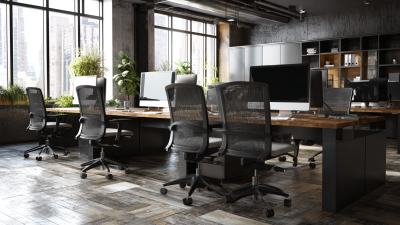
What Makes the Best Business Desks Stand Out in Today’s Office Environment?
-

Global Market Success: How Chinese Craftsmanship in Business Desks Sets New Standards Worldwide
-
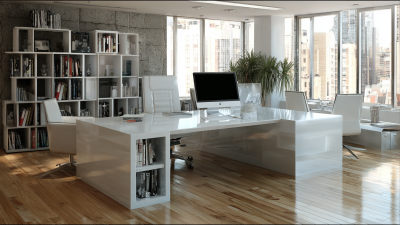
What Defines the Best Modern Office Desks for Your Workspace Needs
